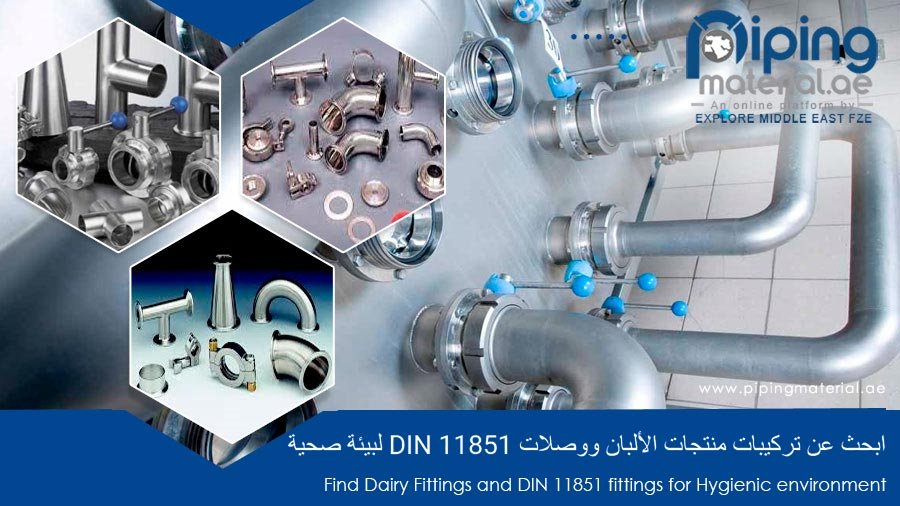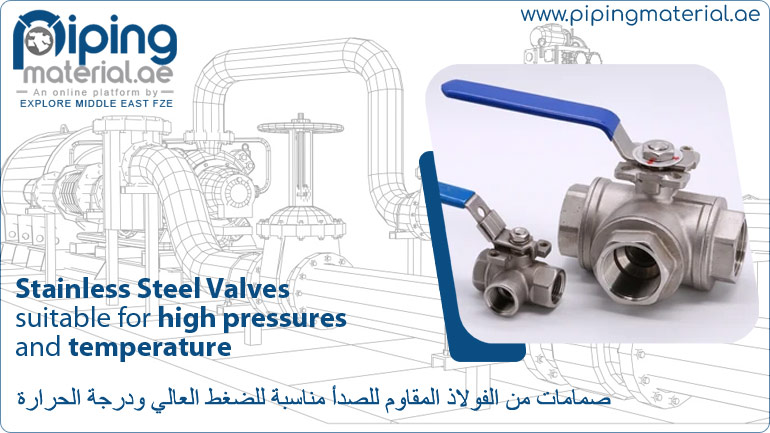How to Choose the Right Type of Stainless Steel Refractory Anchors for Your Application?

Consider the Temperature and Environment One of the most crucial factors in choosing the right type of stainless steel refractory anchors for your application is considering the temperature and environment in which they will be used. Refractory anchors are subjected to high temperatures and corrosive environments, so selecting a stainless steel grade that can withstand these conditions is essential. ASTM A182 F51 is a commonly used duplex stainless steel grade known for its excellent corrosion resistance and high strength, making it suitable for various applications. Evaluate the maximum temperature and the presence of corrosive agents in your application to determine the appropriate stainless steel grade for the refractory anchors.
Assess the Load Requirements
The load requirements of your application will also influence the selection of stainless steel refractory anchors. Determine the load capacity and the type of stress the anchors will experience, such as tension, compression, or shear. Different designs and configurations of refractory anchors are available to accommodate specific load requirements. For example, V-shaped anchors or Y-shaped anchors are commonly used for different load conditions. Evaluate the load specifications and consult with manufacturers or engineering professionals to select the appropriate type and configuration of stainless steel refractory anchors.
Consider the Refractory Material
The type of refractory material used in your application is another important consideration when choosing stainless steel refractory anchors. Different refractory materials have varying properties, such as thermal expansion rates and brittleness, which can affect the design and selection of anchors. The refractory material may require specific anchor designs or spacing to ensure proper installation and performance. Consult with refractory experts or manufacturers to understand the compatibility between the refractory material and the stainless steel refractory anchors, and select anchors that are suitable for the specific refractory material used.
Evaluate Installation Method and Accessibility
Consider the installation method and accessibility of the anchor points in your application. The ease of installation and maintenance can impact the choice of stainless steel refractory anchors. Some anchor designs require welding, while others may use mechanical fastening methods. Assess the available equipment, expertise, and access to anchor points to determine the most suitable installation method. Additionally, consider the future maintenance requirements, as certain designs or configurations may allow for easier replacement or adjustment of refractory anchors if needed.
Seek Expert Advice and Consult Manufacturers
When in doubt, it is always advisable to seek expert advice and consult with manufacturers or suppliers of stainless steel refractory anchors. They have in-depth knowledge of the different anchor options, design considerations, and application-specific requirements. Manufacturers can provide guidance on selecting the right type, configuration, and material of refractory anchors based on your specific application and conditions. They can also assist with custom design and engineering support to ensure optimal performance and longevity of the stainless steel refractory anchors.
In conclusion, choosing the right type of stainless steel refractory anchors for your application involves considering factors such as temperature and environment, load requirements, refractory material, installation method, and seeking expert advice. Careful evaluation of these factors will help ensure the selection of stainless steel refractory anchors, such as ASTM A182 F51 flange, that can withstand the demanding conditions of high-temperature environments while providing secure anchoring for refractory materials.














